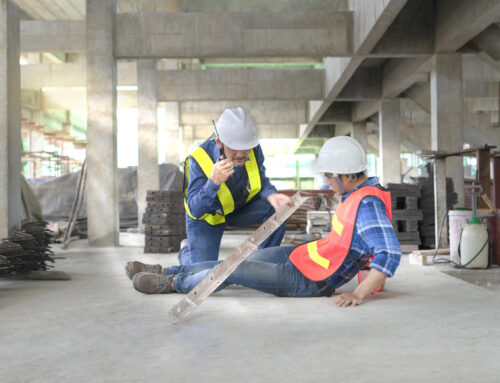A recent article from Smart Business (a online business-management journal) titled “How to set up a safety committee and reduce workers’ compensation claims,” helpfully explores one preventative aspect of the workers’ compensation system.
By setting up an in-company “safety committee,” the article asserts, both management and employees can create an environment that helps reduce injuries. In addition to the obvious advantages to such committees, successful companies can see fewer workers’ compensation claims. And, naturally, a safer environment can lead to lower insurance rates, which helps the bottom-line of businesses – something that is in the best interests of all members of the corporate community.
Some advantages – like state-sponsored credits for businesses that set up qualifying safety committees – are only available in certain areas of the country. In New Jersey, for example, there is no credit program. But neighboring Pennsylvania, New York, and Delaware do offer such incentives.
Either way, though, the advantages of safety committees weigh toward their creation, regardless of a state’s laws. They should meet regularly (not in conference rooms, but rather directly at relevant job sites), and be made up of volunteer members from both management and all levels of employees. The committees “identify safety issues, develop new procedures and communicate them to the rest of the workforce, [and therefore] should be from potions that will be directly affected.” Additionally, direct communication with insurance brokers can be invaluable, using the expertise they bring to the table to help identify areas of need within the company.
And the goals of safety committees should reach beyond mere compliance with federal and state regulations. They should look to “promote the organization’s safety culture” in general.
Indeed, if more preemptive policies are pursued by businesses, workers can experience safer environments overall, and hopefully never need to seek benefits from workers’ compensation.





